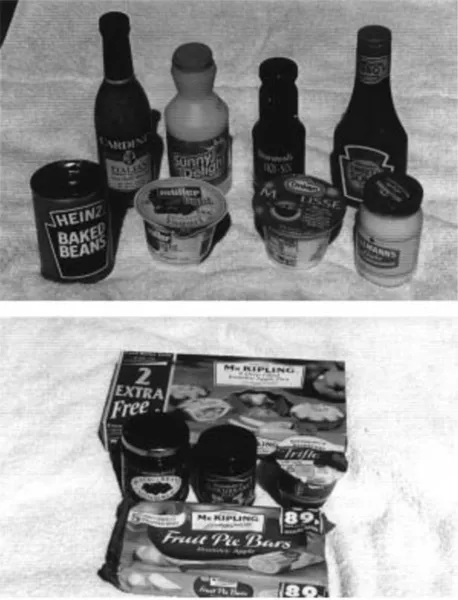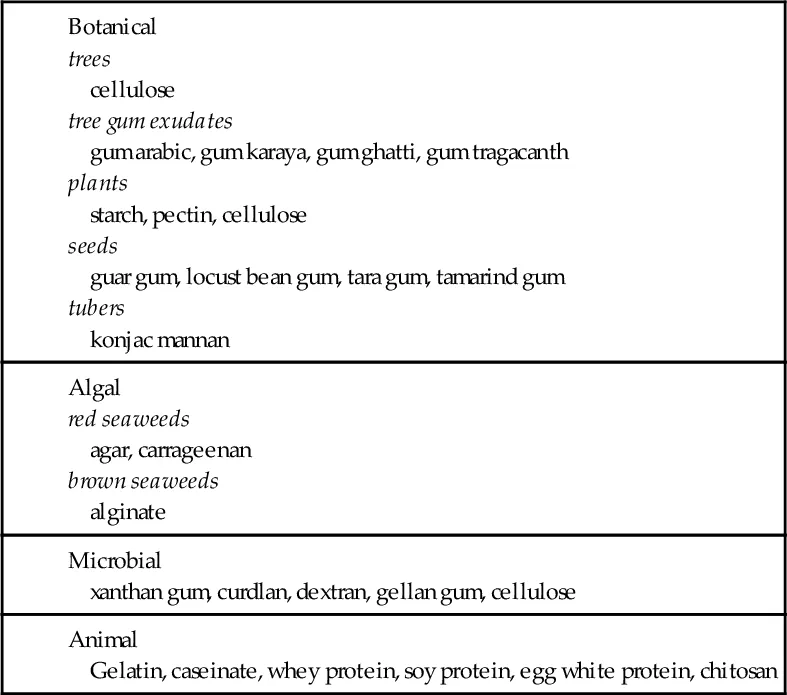
- 948 pages
- English
- ePUB (mobile friendly)
- Available on iOS & Android
Handbook of Hydrocolloids
About This Book
Hydrocolloids are among the most widely used ingredients in the food industry. They function as thickening and gelling agents, texturizers, stabilisers and emulsifiers and in addition have application in areas such as edible coatings and flavour release. Products reformulated for fat reduction are particularly dependent on hydrocolloids for satisfactory sensory quality. They now also find increasing applications in the health area as dietary fibre of low calorific value.
The first edition of Handbook of Hydrocolloids provided professionals in the food industry with relevant practical information about the range of hydrocolloid ingredients readily and at the same time authoritatively. It was exceptionally well received and has subsequently been used as the substantive reference on these food ingredients. Extensively revised and expanded and containing eight new chapters, this major new edition strengthens that reputation.
Edited by two leading international authorities in the field, the second edition reviews over twenty-five hydrocolloids, covering structure and properties, processing, functionality, applications and regulatory status. Since there is now greater emphasis on the protein hydrocolloids, new chapters on vegetable proteins and egg protein have been added. Coverage of microbial polysaccharides has also been increased and the developing role of the exudate gums recognised, with a new chapter on Gum Ghatti. Protein-polysaccharide complexes are finding increased application in food products and a new chapter on this topic as been added. Two additional chapters reviewing the role of hydrocolloids in emulsification and their role as dietary fibre and subsequent health benefits are also included.
The second edition of Handbook of hydrocolloids is an essential reference for post-graduate students, research scientists and food manufacturers.
- Extensively revised and expanded second edition edited by two leading international authorities
- Provides an introduction to food hydrocolliods considering regulatory aspects and thickening characteristics
- Comprehensively examines the manufacture, structure, function and applications of over twenty five hydrocolloids
Frequently asked questions
Information
Introduction to food hydrocolloids
Abstract
1.1 Introduction
Botanical trees cellulose tree gum exudates gum arabic, gum karaya, gum ghatti, gum tragacanth plants starch, pectin, cellulose seeds guar gum, locust bean gum, tara gum, tamarind gum tubers konjac mannan |
Algal red seaweeds agar, carrageenan brown seaweeds alginate |
Microbial xanthan gum, curdlan, dextran, gellan gum, cellulose |
Animal Gelatin, caseinate, whey protein, soy protein, egg white protein, chitosan |

Table of contents
- Cover image
- Title page
- Table of Contents
- Copyright page
- Contributor contact details
- Preface
- 1: Introduction to food hydrocolloids
- 2: Hydrocolloids and emulsion stability
- 3: The health aspects of hydrocolloids
- 4: Agar
- 5: Starch*
- 6: Gelatin
- 7: Carrageenan and furcellaran
- 8: Xanthan gum
- 9: Gellan gum
- 10: Galactomannans
- 11: Gum arabic
- 12: Pectins
- 13: Milk proteins
- 14: Egg proteins
- 15: Vegetable protein isolates
- 16: Protein–polysaccharide complexes and coacervates
- 17: Gum ghatti
- 18: Other exudates: tragancanth, karaya, mesquite gum and larchwood arabinogalactan
- 19: Xyloglucan
- 20: Curdlan
- 21: Other microbial polysaccharides: pullulan, scleroglucan, elsinan, levan, alternant, dextran
- 22: Cereal β-glucans
- 23: Arabinoxylans
- 24: Soluble soybean polysaccharide
- 25: Cellulosics
- 26: Bacterial cellulose
- 27: Microcrystalline cellulose
- 28: Hydrocolloids for coatings and adhesives
- 29: Alginates
- 30: Inulin
- 31: Chitin and chitosan hydrogels
- 32: Konjac mannan
- Index
